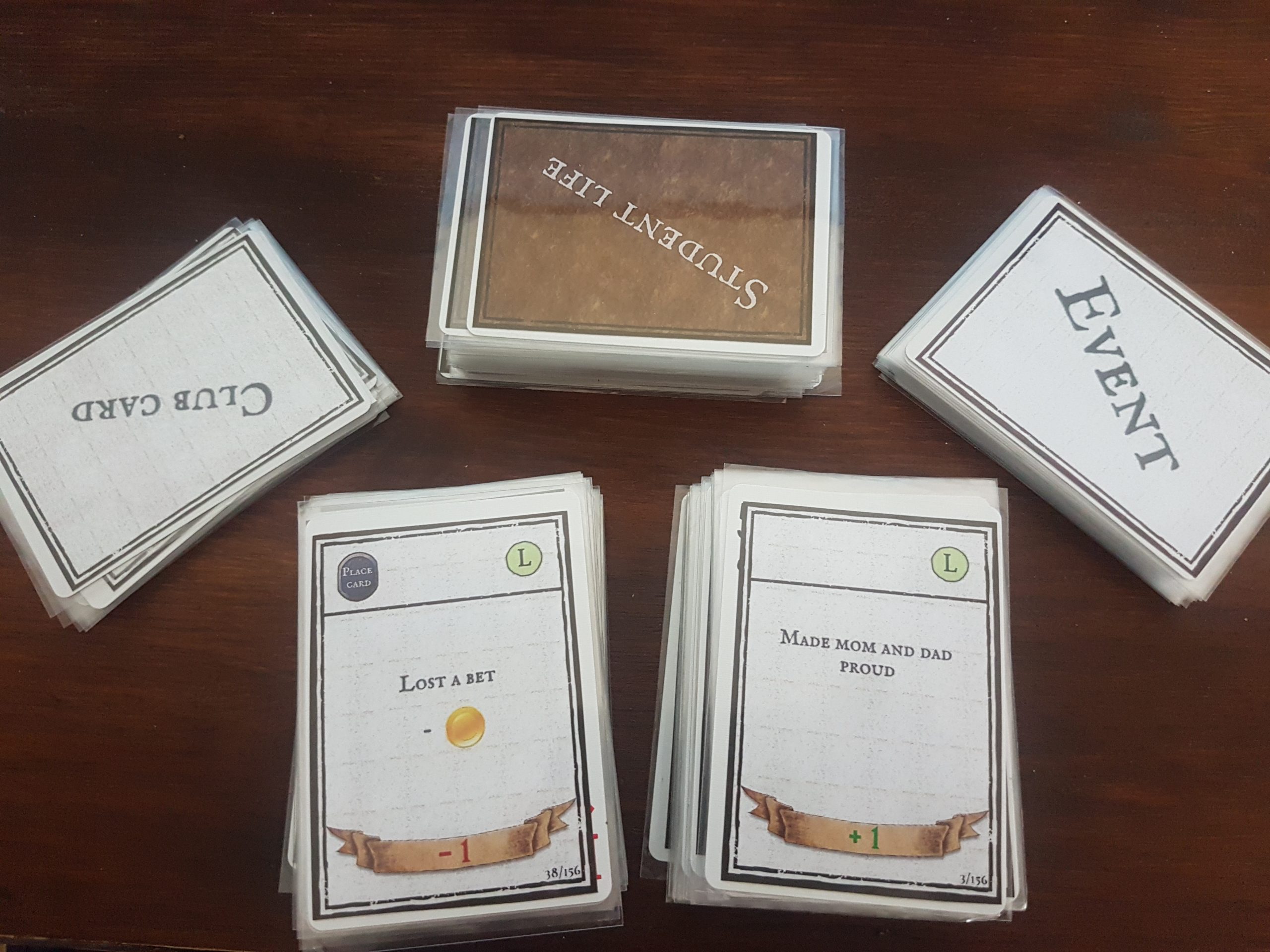Testing a new game
Every new successful game must be tested a lot. This might be the most important step of creating your own game. With extensive testing, you will not only prevent major issues, but are able to improve your game every time. Do not be afraid that people might not like the game at first, most people don't mind to test a game, because they like to be able to give some input. Especially close friends and family are often willing to play your game and will be able to hold up with the fact that the game isn't polished at all.
Keep in mind that testing a game takes a lot of time. Calculate at least between 3 to 6 months of intensive testing for every new game you will make.
Different testing phases
There are different testing phases you will encounter when developing a game. Most often you will start to test your first prototype yourself or with the people who are actively working together with you for creating the game. This can be a close friend or family member who wants to help you out, your companion of you create the game together with someone, or even the employees in case of a bigger publisher.
If the biggest problems are removed during the first phase, you can show the game to your personal circle. If you have any contact in your environment who like to try out a new game, ask them if they are open for a test session. Above all, stay open for feedback during these sessions. People often don't mind to play a game as long as they can have some positive impact or any impact at all through feedback. Don't try to defend your game, even if you are right. Instead, appreciate the feedback and work they put in for your game. During this phase you want to optimise the core elements of the game, not the details.
After you've tested the game in your personal circle, it is time to show the game to people you don't know. For example, you could ask a local board game club or game store which organises game nights to play your game. Ask these people to be critical about the game. You don't want people to please you, that not worth anything. During this phase you want to remove any mechanics or thinks that are just not fun, or not logical. You also want to experience how people of different culture/class react to your game. In this phase you normally really experience if the theme or spelmechanics are any fun.
The last phase is blind testing. The purpose of blind testing is that you are not there to explain the game. The players have to find out how the game works, while only using the rulebook. For this you could create a Print & Play version of the game. In a later blog we will go more into dept about Print & Plays. You can send the Print & Play to people or make it available in forums for example. There are also a lot of online programmes which can be used like Tabletop Simulator or Tabletopia.
Example Print & Play:

On websites like Boardgamegeek.com or boardspelmania.eu there are always fanatic play testers to be found. But first, do some Print & Plays yourself to learn how this works and what kind of things you have to think about.
Don't create an expensive prototype too soon
At a certain moment we had more than 10 versions of the game going on, each with a slight change in mechanics to test. Keep in mind that even after extensive testing, you still want to change stuff every now and then. Don't print anything professionally before you know it can be used for quite some time.
We printed out our cards on normal paper and put them together with a normal playing card in a card case. This way they where strong enough to pay with, but also easily modified.
Testing a is an important step in the development of any board game, but also one that is very fun to do. You really get to see how people interact with your game. We are currently in the middle of testing and enjoying it very much.






